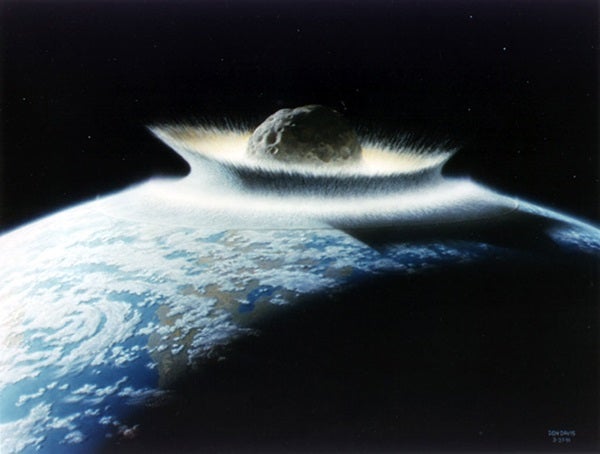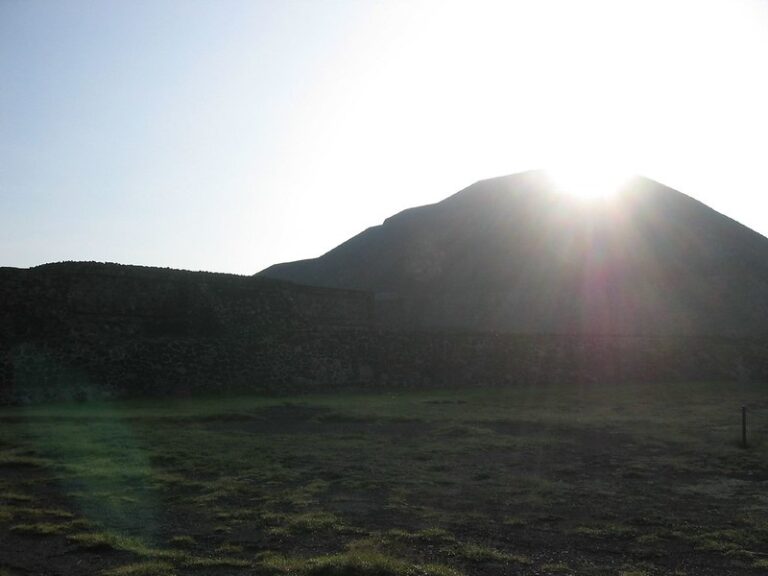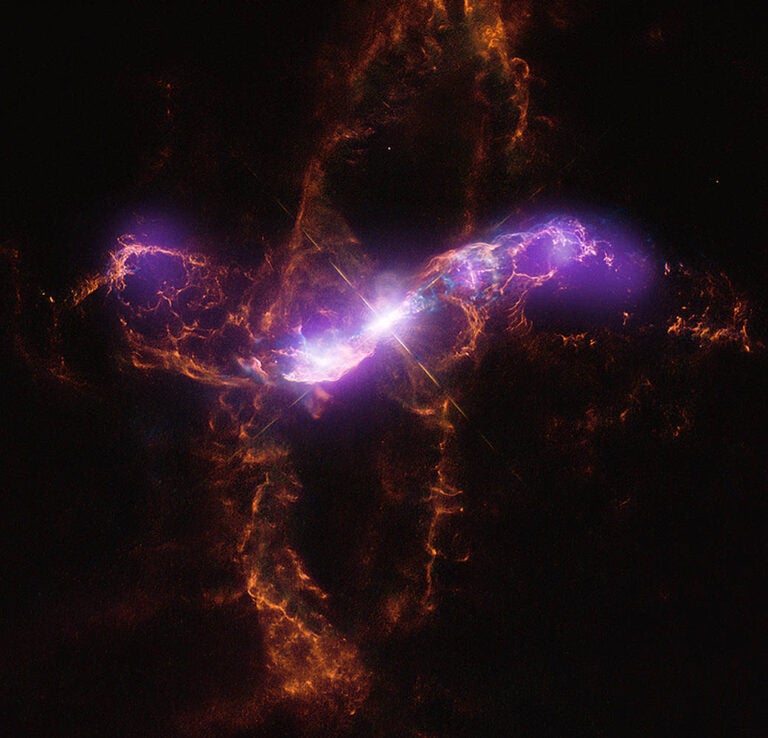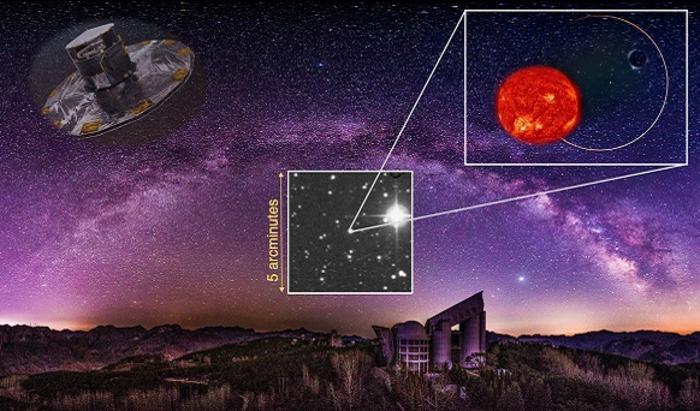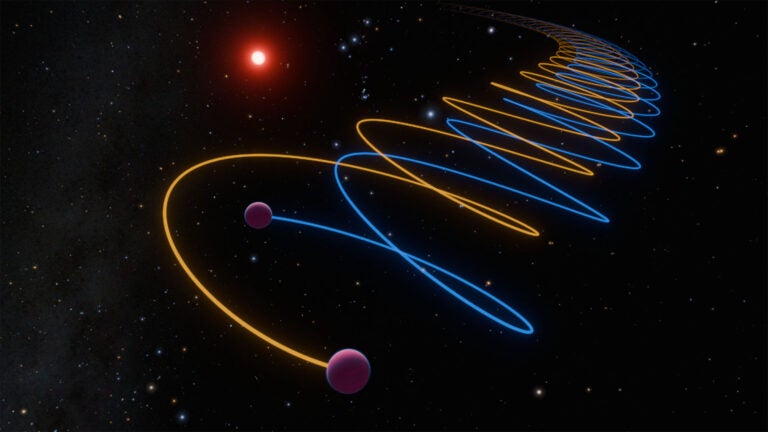The evidence for this ice is now preserved in objects like comets and water-bearing carbonaceous chondrites. The team’s findings contradict prevailing theories about the relationship between these two types of bodies and suggest that meteorites, and their parent asteroids, are the most likely sources of Earth’s water.
Looking at the ratio of hydrogen to its heavy isotope deuterium in frozen water, scientists can get an idea of the relative distance from the Sun at which objects containing the water were formed. Objects that formed farther out should generally have higher deuterium content in their ice than objects that formed closer to the Sun, and objects that formed in the same regions should have similar hydrogen isotopic compositions. Therefore, by comparing the deuterium content of water in carbonaceous chondrites to the deuterium content of comets, it is possible to tell if they formed in similar reaches of the solar system.
It has been suggested that both comets and carbonaceous chondrites formed beyond the orbit of Jupiter, perhaps even at the edges of our solar system, and then moved inward, eventually bringing their bounty of volatiles and organic material to Earth. If this were true, then the ice found in comets and the remnants of ice preserved in carbonaceous chondrites in the form of hydrated silicates, such as clays, would have similar isotopic compositions.
Alexander’s team analyzed samples from 85 carbonaceous chondrites and were able to show that carbonaceous chondrites likely did not form in the same regions of the solar system as comets because they have much lower deuterium content. If so, this result directly contradicts the two most prominent models for how the solar system developed its current architecture.
The team suggests that carbonaceous chondrites formed instead in the asteroid belt that exists between the orbits of Mars and Jupiter. What’s more, they propose that most of the volatile elements on Earth arrived from a variety of chondrites, not from comets.
“Our results provide important new constraints for the origin of volatiles in the inner solar system, including Earth,” Alexander said. “And they have important implications for the current models of the formation and orbital evolution of the planets and smaller objects in our solar system.”

